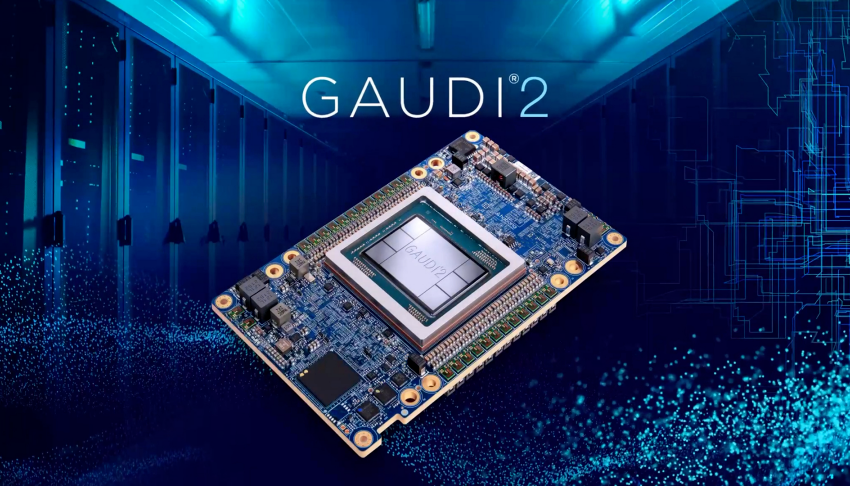Intel Gaudi 2 vs. NVIDIA A100 and H100 - Unleashing AI Accelerator Power
3/11/2024
Let’s delve into a comprehensive comparison of the Intel Gaudi 2, NVIDIA A100, and NVIDIA H100 accelerators. These powerful AI accelerators play a crucial role in various workloads, from training deep learning models to inferencing. We’ll explore their key features, performance metrics, and use cases.
Intel Gaudi 2
- Architecture: The Gaudi 2 accelerator is based on the Habana architecture, designed by Intel. It features a unique combination of hardware-based decoders and optimized software.
- Performance:
- Training: Gaudi 2 outperforms the NVIDIA H100 by 56% and the A100 by 2.43x in the Stable Diffusion 3 model (ranging from 800M to 8B parameters).
- Inference: While NVIDIA still leads in inferencing due to TensorRT optimizations, Gaudi 2 holds its ground, especially when using base PyTorch. With TensorRT, the A100 achieves a 40% speed advantage over Gaudi 2.
NVIDIA A100
- Architecture: The A100, part of NVIDIA’s Ampere architecture, boasts impressive features like Tensor Cores, high memory bandwidth, and multi-instance GPU (MIG) support.
- Performance:
- Training: The A100 performs well in training tasks, especially with Tensor-RT optimizations. It produces images up to 40% faster than Gaudi 2 in specific workloads.
- Inference: A100 remains a strong contender for inferencing, thanks to its Tensor-RT optimizations and continuous improvements.
NVIDIA H100
- Architecture: The H100 is another NVIDIA offering, designed for AI acceleration.
- Performance:
- Training: Gaudi 2 surpasses the H100 by 1.09x (server) and 1.28x (offline) performance.
- Inference: The H100 shows a slight advantage over Gaudi 2 in inferencing, but Gaudi 2 still outperforms it by 2.4x (server) and 2x (offline) compared to the A100.
Use Cases
- Intel Gaudi 2:
- Ideal for large-scale training workloads.
- Vision-language models and multimodal transformers.
- NVIDIA A100:
- Widely used for both training and inferencing.
- Excellent for deep learning tasks across domains.
- NVIDIA H100:
- Suitable for specific AI workloads where it shows an advantage over Gaudi 2.
Conclusion
- Intel Gaudi 2 offers compelling performance-per-dollar and can be a respected alternative to NVIDIA’s offerings.
- NVIDIA A100 remains a powerhouse for both training and inferencing.
- NVIDIA H100 has its niche, but Gaudi 2 provides better value in many scenarios.
In summary, choose the accelerator that aligns with your specific workload requirements, considering factors like performance, cost, and availability. Both Intel and NVIDIA continue to push the boundaries of AI acceleration, and the choice ultimately depends on your use case and priorities.

